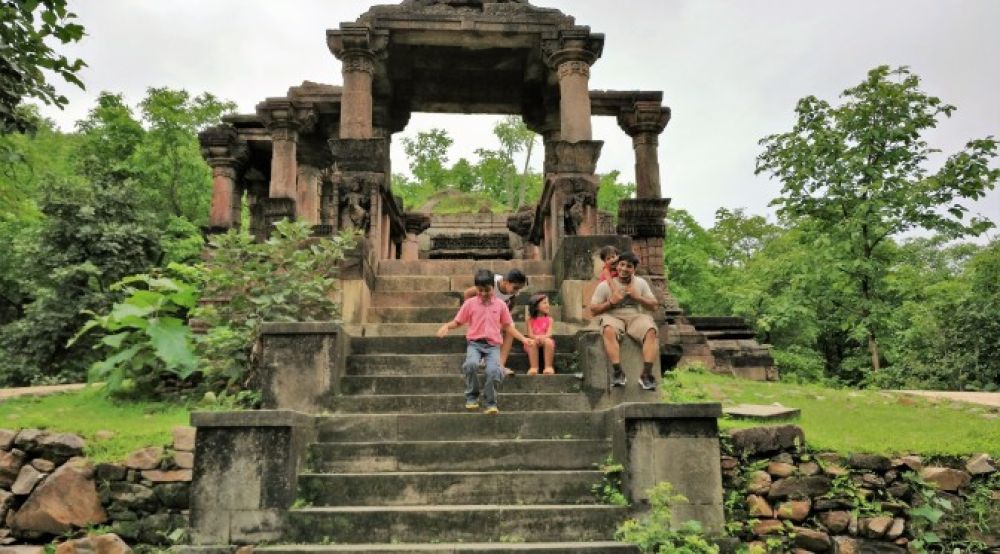

The Polo Forest region, also known as Polo Jain Nagri, is nestled in the arms of the Aravalli hills, bordering Gujarat and Rajasthan. The history of tourism in this serene location is relatively young compared to its ancient ruins that date back to the 10th century. The remnants of Jain and Hindu temples in this region are an indication of a once thriving civilization.
With its lush greenery, diverse flora and fauna, and the Harnav River flowing through it, Polo Forest has been a hidden gem for many years. It wasn't until the late 20th century that tourism began to develop, with intrepid travelers and history enthusiasts seeking out its secluded beauty and archaeological significance.
The Gujarat government recognized Polo Forest’s potential as an ecotourism hub and has been promoting it as such since the early 2000s. Efforts to balance ecological conservation with the sustainable tourism development have led to increased interest in the destination from both domestic and international visitors.
The latest trend in Polo Jain Nagri tourism centers around eco-friendly and adventure travel. Visitors are increasingly seeking experiences that combine thrill with an appreciation of nature and culture.
Sustainability efforts in Polo Jain Nagri tourism have gained momentum, with eco-lodges and responsible travel practices being adopted to preserve the forest and surrounding environments.
If you are planning a visit to Polo Jain Nagri, the best time to explore is from October to March when the weather is cool and pleasant. Local guides are readily available to enhance your experience, and there are accommodations available that range from budget stays to more comfortable resorts.
Visitors should be aware that Polo Forest is a protected area and it is important to respect the natural surroundings and local customs during your stay.